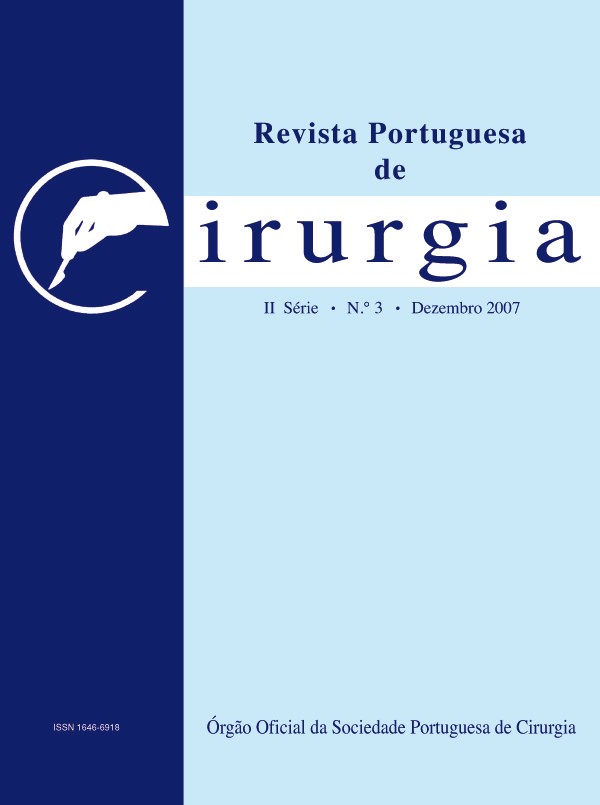Donation after cardiac death – pre-treatment of the donor with erythropoietin (experimental study)
Abstract
Introduction – Donation after cardiac death offers an interesting alternative to reduce organ shortage. Nevertheless these organs are subjected to a greater ischemia-reperfusion injury which impairs immediate and long term transplant results. We have recently demonstrated an important renal protective effect of erythropoietin (EPO), in a rat ischemia-reperfusion model.
Material and Methods – In a pig model we simulated the conditions of donation after cardiac death (DCD) followed by kidney transplant. Cardiac arrest was induced and the kidneys extracted after 30 minutes of warm ischemia, then preserved with CelsiorTM at 4oC. Twenty four hours later they were transplanted using a heterotopic technique. In the pre-treated group, 1000 units of EPO/kg were administered 30 minutes before cardiac death. At the end of the experiment, blood, urine and renal tissue samples were collected for analysis. Graph Pad Prism Statistical Package (version 3.0) was used for statistical analysis and p<0,05 considered statistically significant.
Results – Transplantation of DCD kidneys resulted in elevation of serum levels of creatinine, N-acetil-β-D- glucosaminidase (NAG), glutathione-S-transferase (GST), AST, LDH, ALT, sodium excretion fraction, interleukin 1 and 6, malondialdehyde (MDA) and myeloperoxidase activity (MPO). There was also a significant reduction in urinary flow and creatinine clearance (p<0,05). Histological evaluation demonstrated architectural damage and necrosis. EPO administration 30 minutes before ischemia reduced significantly the biochemical and histological changes from glomerular dysfunction and tubular lesion. It also diminished systemic injury, inflammatory response and oxidative stress (p<0,05).
Conclusion: Our study demonstrated that donor pre-treatment with a single dose of EPO induces a considerable reduction in kidney dysfunction and systemic injury associated with renal transplantation from DCD donors.
KEYWORDS: Donation after cardiac death, Erythropoietin, Renal Transplant, Ischemia-Reperfusion Injury
Downloads
Downloads
Published
Issue
Section
License
Para permitir ao editor a disseminação do trabalho do(s) autor(es) na sua máxima extensão, o(s) autor(es) deverá(ão) assinar uma Declaração de Cedência dos Direitos de Propriedade (Copyright). O acordo de transferência, (Transfer Agreement), transfere a propriedade do artigo do(s) autor(es) para a Sociedade Portuguesa de Cirurgia.
Se o artigo contiver extractos (incluindo ilustrações) de, ou for baseado no todo ou em parte em outros trabalhos com copyright (incluindo, para evitar dúvidas, material de fontes online ou de intranet), o(s) autor(es) tem(êm) de obter, dos proprietários dos respectivos copyrights, autorização escrita para reprodução desses extractos do(s) artigo(s) em todos os territórios e edições e em todos os meios de expressão e línguas. Todas os formulários de autorização devem ser fornecidos aos editores quando da entrega do artigo.



